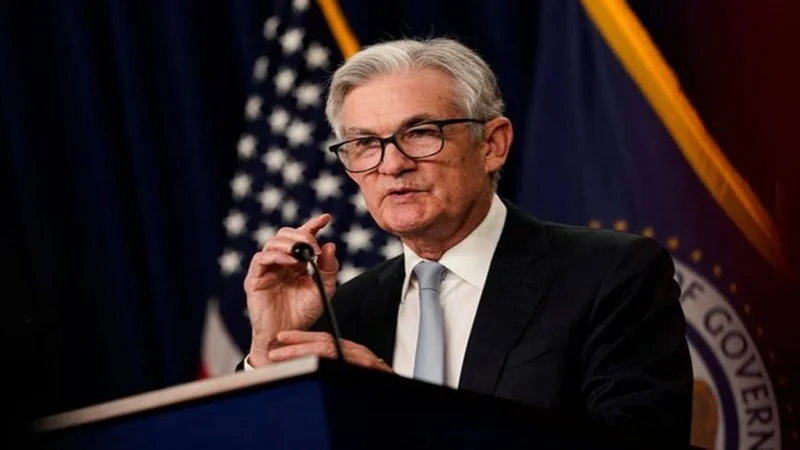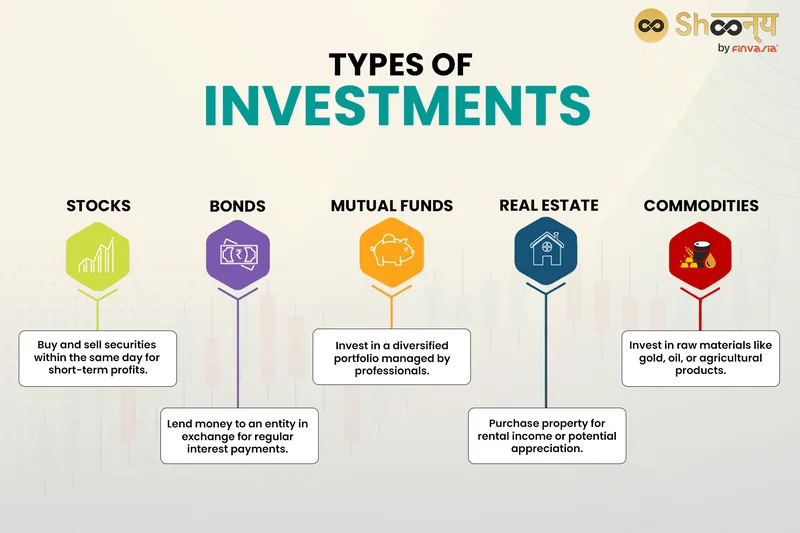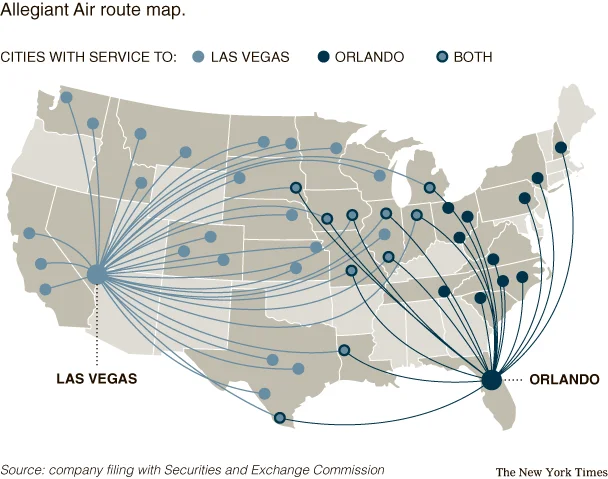Powell's Speech: Decoding the Market Impact and Future Rate Cuts
All eyes are on Washington, D.C. tomorrow. Not on Congress, not on the White House, but on a single man scheduled to speak at a business economics meeting. When Federal Reserve Chair Jerome Powell takes the stage, the collective breath of the global market will be held, waiting for the semaphore signals that will dictate the flow of capital for the remainder of the year.
The market, for its part, has already decided what he’s going to say.
Traders, using CME FedWatch data, are pricing in rate cuts with about 90% certainty—to be more exact, a 97% probability of a 25-basis-point cut this month and an 89% probability for another in December. The U.S. Dollar Index is softening, and risk assets like Bitcoin, up 42% year-to-date, are levitating on the expectation of cheaper money. In the market’s mind, the script is written, the teleprompter is loaded, and Powell’s only job is to read the lines. This is a dangerous level of conviction.
The Anatomy of a Disconnect
The problem is that the market’s script doesn’t seem to match the data on Powell’s desk. There is a profound discrepancy between the market’s dovish certainty and the economy’s messy, contradictory reality.
Let’s start with the Fed’s primary mandate: price stability. Core inflation is stubbornly holding at 3.1%. While that's down from its peak, it remains a full 110 basis points above the Fed's 2% target. In any normal environment, this number alone would preclude any discussion of rate cuts. It’s the single most significant hawkish datapoint, yet the market is treating it as a historical footnote. The narrative is that inflation is a lagging indicator, a ghost of problems past. But is it? When does a persistent data point stop being a lag and start being a structural problem?
On the other side of the ledger is the labor market. The official unemployment rate is 4.3% (a figure that's already a month out of date), but the qualitative data tells a different story. Private surveys indicate a material slowdown in hiring, particularly in the service sectors that have propped up the economy. This is the primary ammunition for the doves, both inside and outside the Fed. They argue that waiting for the official unemployment numbers to turn will be too late; the damage will have been done.

This puts the Federal Reserve in an impossible position. One key metric (inflation) is flashing red, demanding caution. Another (employment) is flashing yellow, suggesting the need for pre-emptive stimulus. The market, however, sees only green lights. It has chosen to exclusively listen to the whispers of a slowing job market while ignoring the persistent shout of inflation. This isn't analysis; it's confirmation bias on a macroeconomic scale.
Flying Blind into a Data Blackout
The situation is complicated further by a critical failure in the data pipeline itself. A recent partial government shutdown has delayed the release of the foundational reports the Fed relies on—namely, the monthly jobs report and the Consumer Price Index (CPI). Powell’s prepared remarks, previewed by Reuters, contain the usual boilerplate: "Our approach must remain flexible, data-dependent, and forward-looking."
But how can an institution be data-dependent when the data is missing?
The Fed is being forced to navigate by feel. They’re relying on a patchwork of regional surveys, private sector estimates, and anecdotal evidence at the precise moment when a clear, quantitative picture is most essential. It’s like a pilot attempting a nighttime landing in a storm with the instrument panel flickering on and off. The pilot might be skilled, but the odds of a hard landing increase exponentially.
I've looked at hundreds of these pre-meeting setups, and I cannot recall a time when the market's conviction was so high while the Fed's own dashboard was effectively dark. This information asymmetry is where the true risk lies. The market is betting billions on the Fed acting on a specific set of assumptions about a weakening economy. But what if the delayed official data, when it finally arrives, tells a different story? What if inflation proves stickier or the labor market more resilient than the private surveys suggest?
The market has built a beautiful, intricate model that assumes a single, dovish outcome. It's a model built on hope, momentum, and the front-running of liquidity. It is not, however, a model built on the complete and verifiable facts on the ground. And when a model diverges too far from reality, it doesn't just break; it shatters.
The Illusion of Certainty
The 97% probability of a rate cut isn’t a forecast; it’s a hostage note. It reflects the market’s desire, not its analysis. The immense speculative positioning in equities, crypto, and bonds has created a feedback loop where the market isn't just predicting Fed policy, it's trying to dictate it. The danger for Powell isn't in being too hawkish or too dovish. The danger is in being honest. An honest assessment of the current situation would be full of caveats, acknowledging the conflicting data and the gaping holes left by the shutdown. But in today’s market, nuance is a four-letter word. Acknowledging uncertainty would be interpreted as hawkish, a betrayal of the pre-written script. The greatest risk facing investors tomorrow isn't a rate hike; it's a simple dose of reality.
Related Articles
$2000 IRS Direct Deposit: What's Happening and What We Know
Title: $2,000 Stimulus Checks in November 2025? Don't Fall For the Phishing Scams! Okay, folks, let'...
Analyzing 2025's Investment Landscape: What the Data Reveals About Top Asset Classes vs. Low-Risk Alternatives
There's a quiet, pervasive myth circulating among the baby boomer generation as they navigate retire...
The End of Opaque Finance: How a Single Complaint Reveals the Need for a Tech-Driven Revolution
The Analog Crime in a Digital World When I read about the recent allegations against Vincent Ferrara...
Allegiant Airlines Passenger Growth: What the 12.6% Surge Actually Means
More Passengers, Less Full Planes: Deconstructing Allegiant's Growth Paradox At first glance, news t...
PGE's Landmark Solar Investment: What It Means for Europe's Green Future
Why a Small Polish Solar Project is a Glimpse of Our Real Energy Future You probably scrolled right...
The Surprising Tech of Orvis: Why Their Fly Rods, Jackets, and Dog Beds Endure
When I first saw the headlines about Orvis closing 31 of its stores, I didn't feel a pang of nostalg...





